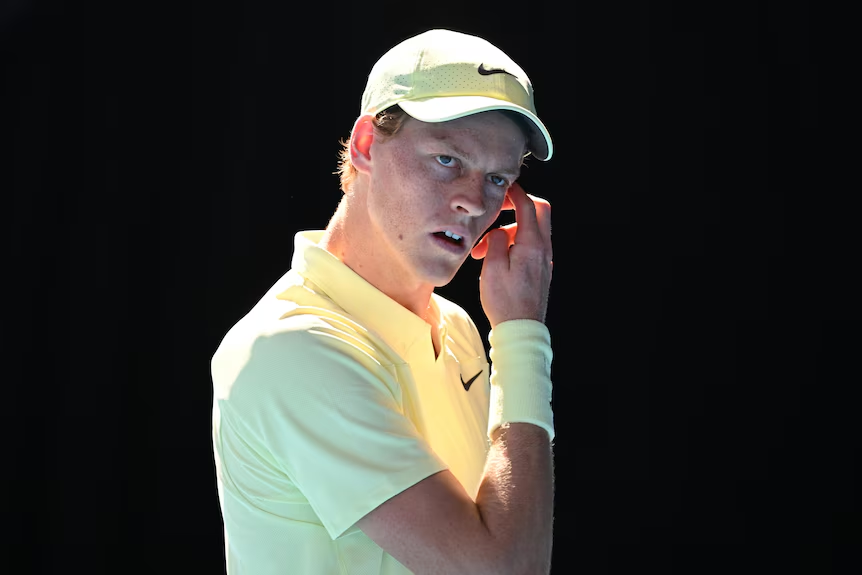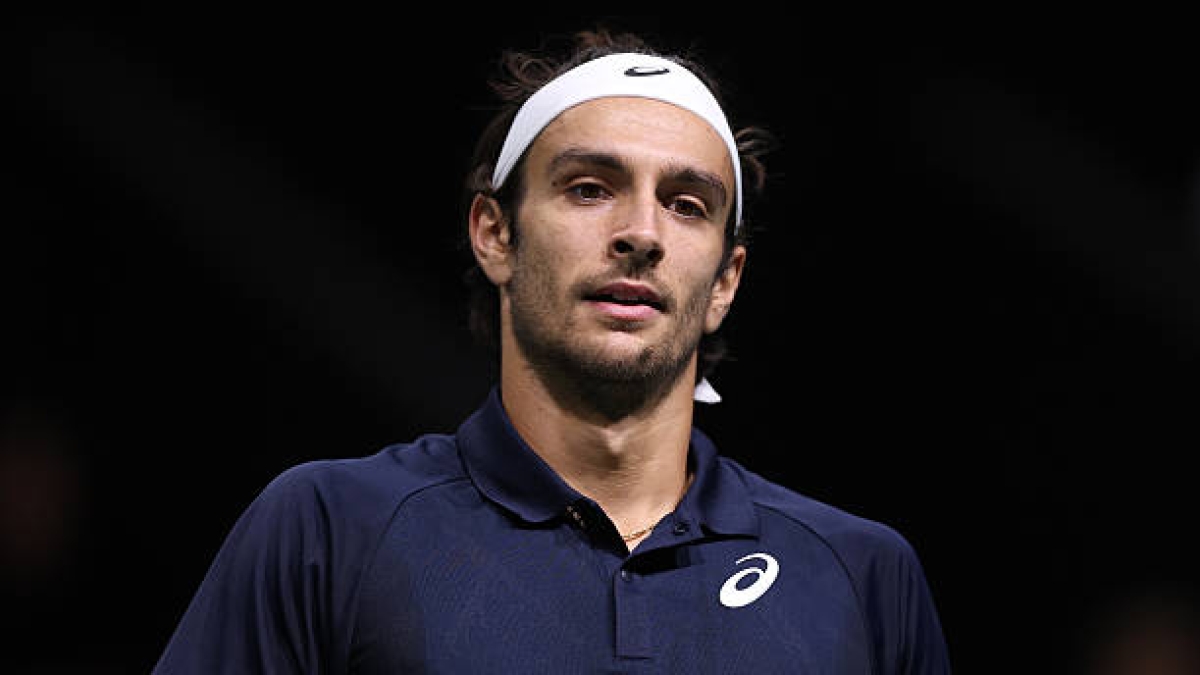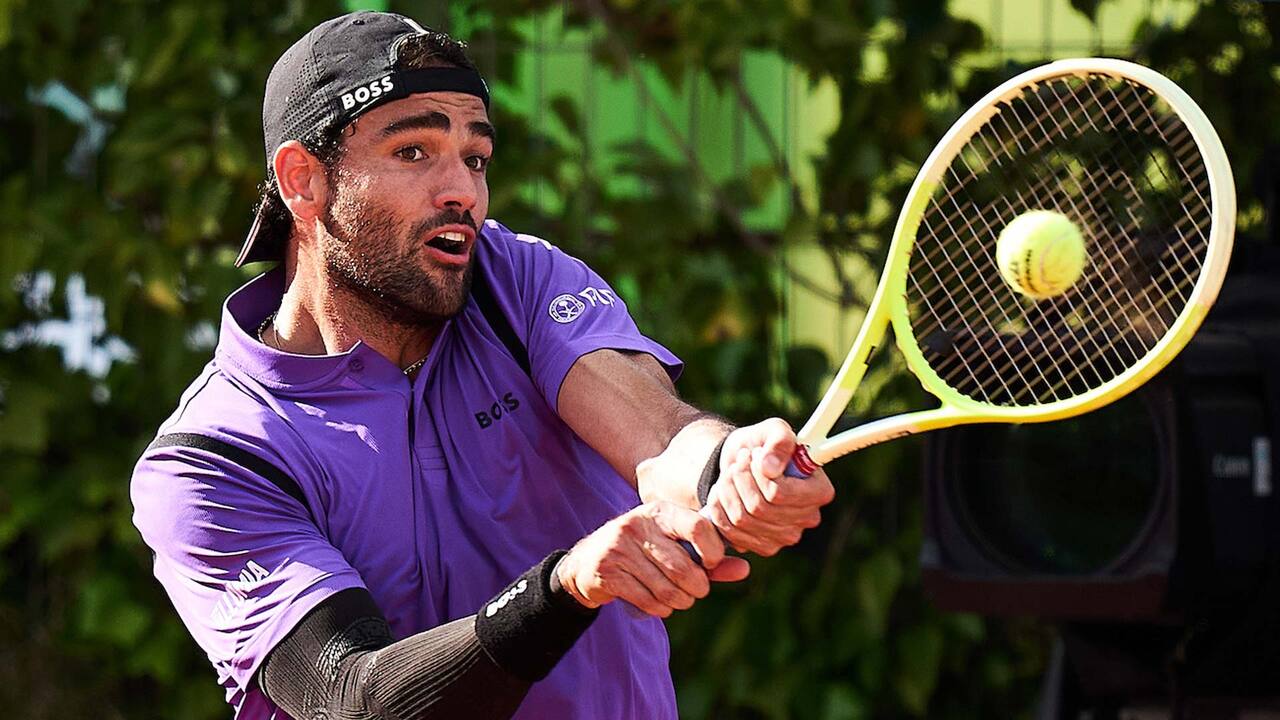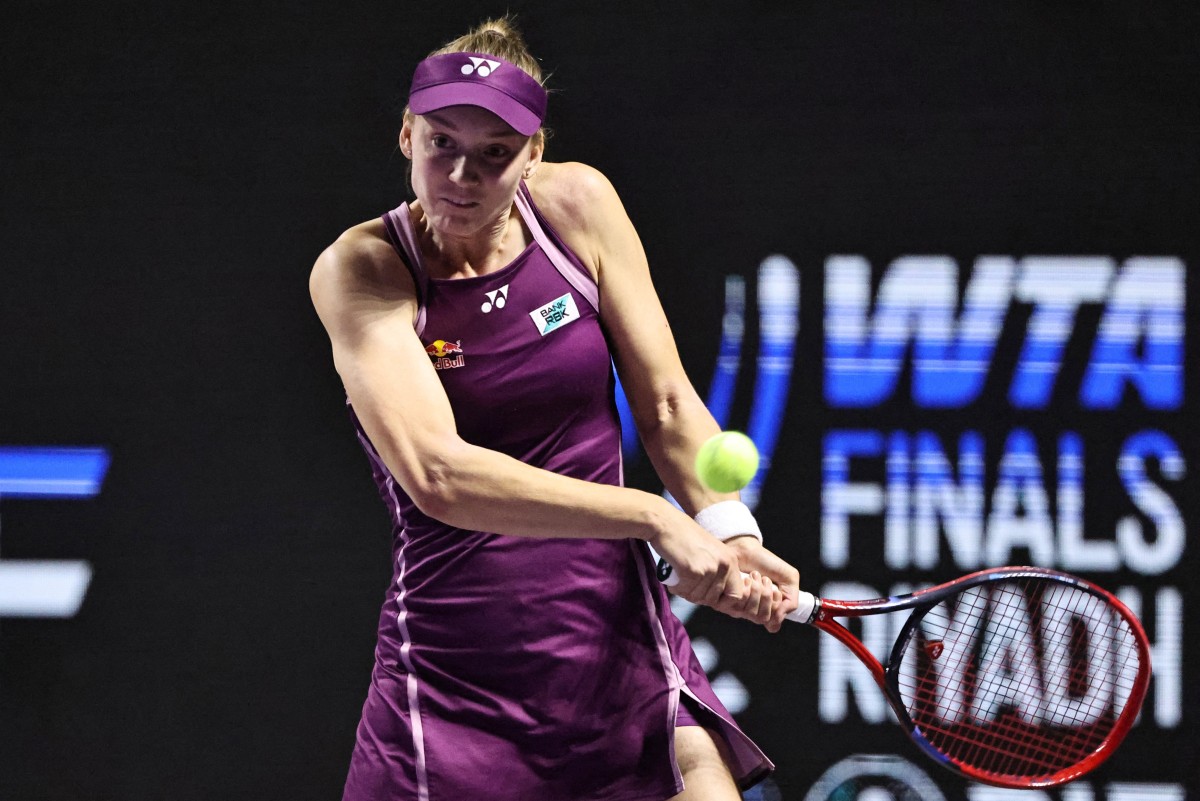Doping Scandals Cast a Shadow on Australian Open 2025
As tennis fans eagerly anticipate the start of the 2025 Australian Open, the specter of doping continues to dominate discussions in Melbourne. Jannik Sinner, the reigning men’s champion, and Iga Swiatek, a five-time Grand Slam winner, are at the center of controversies that have raised tough questions about fairness and transparency in the sport.
The Players Under Scrutiny
Sinner, who held the ATP No. 1 ranking through much of 2024, tested positive twice for the banned steroid Clostebol. However, the International Tennis Integrity Agency (ITIA) cleared him, citing accidental contamination from his physiotherapist’s treatment. The World Anti-Doping Agency (WADA) disagrees and has lodged an appeal, potentially facing Sinner with a two-year ban after the Open.
Meanwhile, Swiatek, who spent years atop the WTA rankings, served a discreet one-month suspension in late 2024 after testing positive for a heart medication, TMZ. She attributed this to contamination in a sleep aid she used for jet lag. The revelation has sparked mixed reactions, with critics arguing for more transparency.
Player Reactions and Criticism
Not everyone is staying silent. Nick Kyrgios called the situation “disgusting for our sport,” slamming the inconsistent handling of doping cases. Simona Halep, who endured her own doping battle, echoed similar sentiments, questioning the perceived favoritism.
Adding to the intrigue, Sinner is set to face Nicolas Jarry in the first round, another player linked to a doping case but suspended for 11 months. The matchup highlights the inconsistencies in how tennis handles such incidents.
A Divided Sport
ATP Chairman Andrea Gaudenzi defended the integrity of the process, urging patience. “The system isn’t broken; every case has unique variables,” he insisted. Still, the shadow of doping is hard to ignore, with calls for greater accountability echoing through Melbourne Park.
As fans prepare to cheer for their favorites, one thing is certain: the conversation about doping is far from over.
FAQs About Doping and the Australian Open 2025
1. What substance did Jannik Sinner test positive for?
Sinner tested positive for Clostebol, a banned anabolic steroid. He claims it entered his system accidentally through a physiotherapist’s treatment.
2. Why was Sinner allowed to compete despite the doping case?
The ITIA concluded there was no significant fault or negligence on Sinner’s part. WADA, however, has appealed this decision, and the case remains unresolved.
3. What happened with Iga Swiatek’s doping case?
Swiatek tested positive for TMZ, a banned heart medication, due to contamination in a sleep aid. She served a one-month suspension, but the incident was revealed only later.
4. How has the tennis community reacted to these cases?
Many players, including Nick Kyrgios and Simona Halep, have criticized the handling of the cases, citing inconsistencies and a lack of transparency.
5. Could Sinner face a ban in the future?
Yes. If WADA’s appeal is successful, Sinner could face up to a two-year ban.
6. How does this affect tennis’s reputation?
The ongoing controversies have raised concerns about fairness and trust in the sport’s anti-doping system, leaving fans and players alike demanding reforms.










Leave a Reply